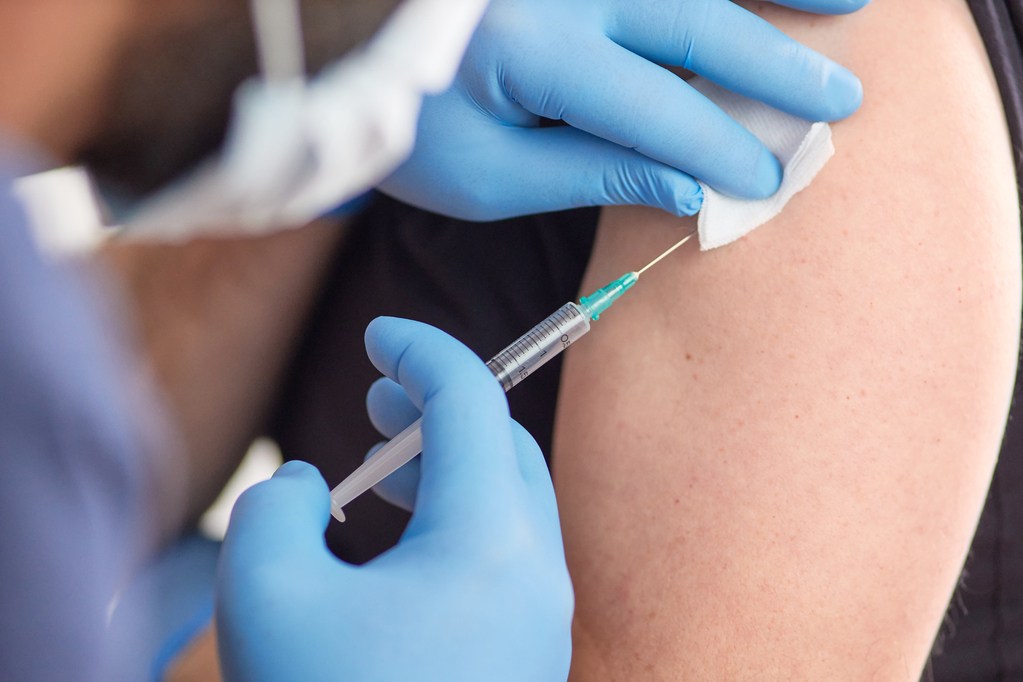The European Centre for Disease Prevention and Control (ECDC) announced on Monday a special tracker mechanism to monitor the deliveries of vaccines to the EU member states and their us once they get them.
The initiative was announced by the European Commission some time ago but was delayed until now. The first set of data is now available on the ECDC website through the COVID-19 Vaccine Tracker, an interactive ‘live’ dashboard that provides the latest data reported by EU/EEA countries.
“It is with great pleasure that we launch the Vaccine Tracker that provides a near-live view on vaccination progress in Europe,” said ECDC director Andrea Ammon. “Vaccination campaigns are not to be viewed merely as a race for the largest numbers at the quickest speed. As the rollout progresses, vaccination strategies will need to be flexible and adaptable.”
The updated report on national deployment plans gives context to the evolution of policies and data available in the Vaccine Tracker. ECDC will continue to work closely with countries to protect the most vulnerable and reduce the burden on our health systems, he added.
The Vaccine Race
The tracker is launched at a time when the EU is racing to vaccinate member states alongside ongoing legal disputes with vaccine producers about their delays in delivering the vaccine doses.
In total, 8,148,000 vaccine doses have been distributed until now (1 February) to the EU member states (and Norway) but the uptake varies widely between them. A frontrunner is Ireland, which has already administered 100 % of the 438,000 doses it received, resulting in an uptake of 11 % of the first vaccine dose. In most countries, the uptake of the first dose is between 2 – 3 % of the population.
Belgium which has received 351,000 doses has administered ca 70 % of them. Sweden, which received 410,000 doses. has only used 56 % of them.
The purpose of the monitoring tool is to provide an overview of country efforts in the rollout of COVID-19 vaccines, ECDC explains. In this early phase of vaccination campaigns, monitoring the number of doses distributed to countries and doses received by individuals provides useful insights into the progress of vaccine deployment and the evolution of vaccination campaigns.
It also provides initial indicative estimates of vaccine uptake for the first and second dose per population targeted by vaccine recommendations on the national level. Monitoring the rollout of vaccines will be further developed as more information on vaccine coverage becomes available.
Israel published today news that already 3 million or one third of its population has been vaccinated, 1.7 million of whom have received the second dose. The overall vaccination rate among people over 60 is 82 %.
Monitoring data published yesterday by the Israeli health ministry shows that only 437 people out of 668,000 people over the age of 60, who were vaccinated the second time one week earlier, had been infected (0.066%). Most of them had milder symptoms and did not need to be hospitalized.
Update: An ECDC spokesperson corrected on Monday morning the figures from Ireland as "there was an issue with the data that was reported" from the country. While the number of distributed vaccine doses is missing, the number of administered doses has been corrected to 199,800, which implies that the proportion of administered doses is probably less than 50 %.
M. Apelblat
The Brussels Times

